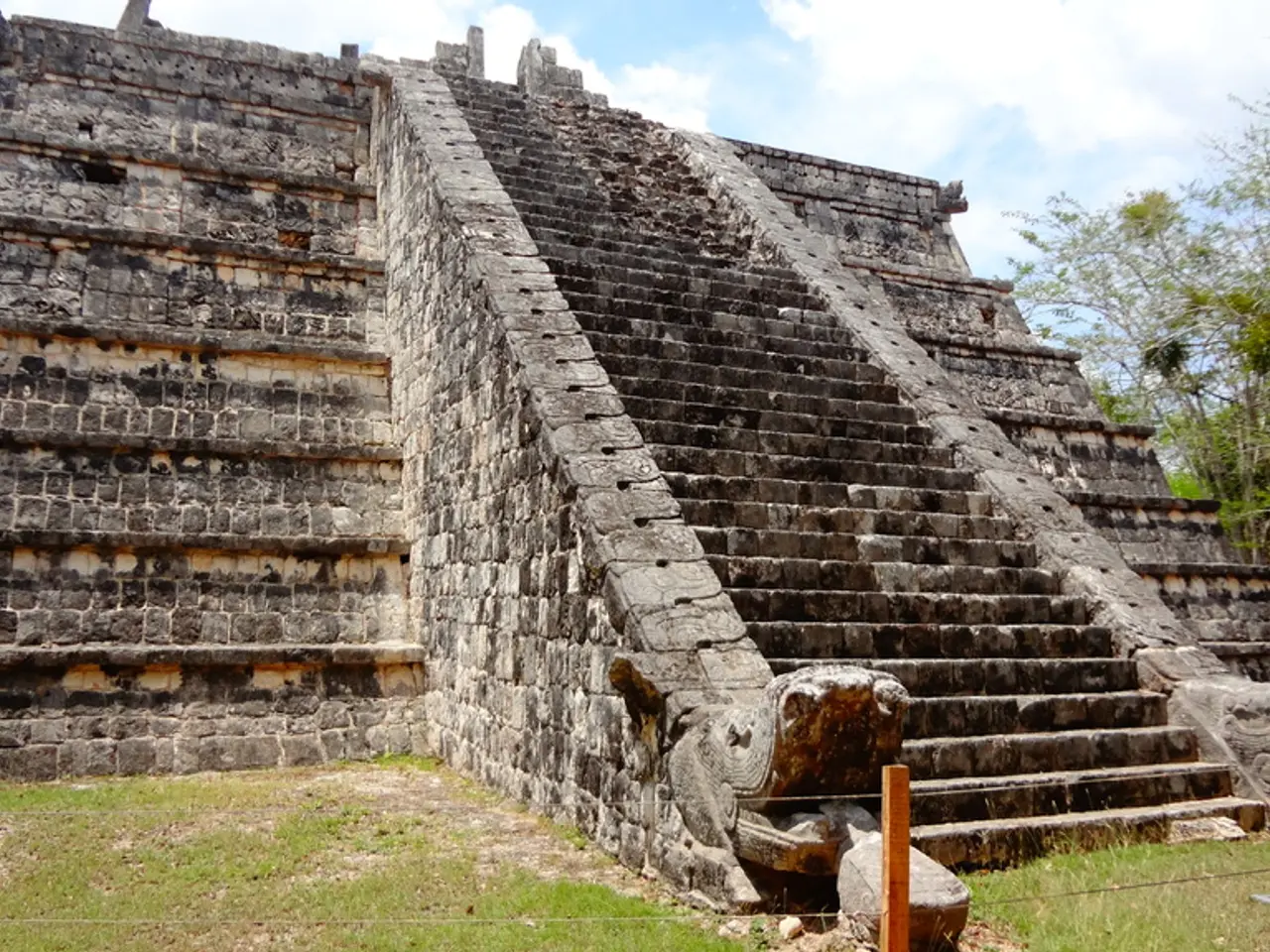Building a Image Pyramid using OpenCV in Python
Image pyramids, a fundamental concept in image processing, offer a unique approach to handling images at different scales. These pyramids are constructed by repeatedly blurring an image with a Gaussian filter and downsampling it, or by upsampling and subtracting a lower-resolution version.
Gaussian Pyramids
Gaussian pyramids are created by blurring an image with a Gaussian filter and then downsampling it. Each level of the pyramid is a smaller, smoother version of the previous level. In OpenCV, the Gaussian pyramid can be constructed using the function , which performs the downsampling after blurring. This process is useful for multi-scale image analysis or reducing computation by working with smaller images.
Laplacian Pyramids
Laplacian pyramids are derived from Gaussian pyramids and are used to capture the details lost during downsampling. Each level of the Laplacian pyramid is formed by upsampling a Gaussian pyramid level using and then subtracting it from the previous (higher resolution) Gaussian level. This difference image highlights edges and fine texture details. Laplacian pyramids are often used in applications like image blending and reconstruction because they preserve important detail information across scales.
Advantages of Image Pyramids:
- Multi-scale representation: They allow processing at different image resolutions, useful for detecting objects of varying sizes.
- Reduced computational cost: Operating on smaller images speeds up many algorithms.
- Detail preservation: Laplacian pyramids preserve fine details useful in reconstruction and blending tasks.
- Improved robustness: Helps algorithms to be invariant to scale changes in images.
Limitations:
- Loss of information: Gaussian pyramids progressively lose high-frequency details due to blurring and downsampling.
- Complex implementation: Proper reconstruction from Laplacian pyramids requires careful handling of upsampling and subtraction.
- Memory usage: Storing multiple pyramid levels can increase memory cost.
- Artifacts: Upsampling in Laplacian pyramids can introduce artifacts if not handled properly.
In summary, Gaussian pyramids simplify images at multiple scales by smoothing and downsampling, while Laplacian pyramids emphasize the details lost between levels. In Python with OpenCV, these are efficiently implemented using and functions for downsampling and upsampling respectively, combined with subtraction for the Laplacian levels. Image pyramids provide a powerful tool in image processing but require trade-offs in detail retention and computational resources.
It's essential to note that not all image processing tasks benefit from using image pyramids. After upsampling with , a Gaussian blur is applied to make the transition smoother and reduce artifacts.
In OpenCV, the functions and are used for downsampling and upsampling in image pyramids respectively. These functions can help reduce the memory usage and processing time significantly when working with large images, making them invaluable tools in image processing tasks.
Trie data-and-cloud-computing technology could be leveraged to efficiently store and manage the various resolutions of images in image pyramids, such as Gaussian and Laplacian pyramids, facilitating multi-scale image analysis and reduction of computational costs.
Gaussian pyramids rely on technology to downsample and blur images, making it easier to work with smaller, smoother versions of images which are essential in applications like multi-scale image analysis and image blending.




